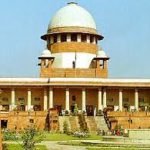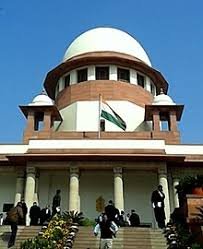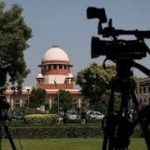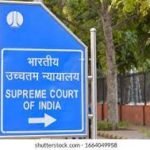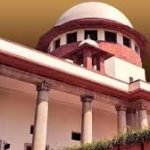The case involves an appeal by the State of Madhya Pradesh against a High Court decision that reduced the conviction of the respondents (accused) from murder (Section 302 IPC) to culpable homicide not amounting to murder (Section 304, Part II IPC), allowing them to be released based on the sentence already served due to their advanced age and the long passage of time. The Supreme Court reviews the arguments from both sides, considering the nature of the injuries sustained by the deceased and the medical evidence, ultimately concluding that there is sufficient doubt regarding the direct causation of death by the injuries, thus upholding the High Court’s decision. A post-script also addresses the general issue of delayed criminal appeals in India.
Penal Code, 1860, Sections 147, 452, 302, 325, and 323 read with Section 149 – Murder – Modification of offence valid – Conviction of respondent under Section 302 IPC by trial Court was brought down to second part of 304 IPC by High Court – The incident is of 1st November 1989 which happened at about 4 pm – Evidence of PW17-Doctor makes it clear that the deceased was not admitted to the hospital on the date of the incident – He stated that at 6 pm on 2nd November 1989, the deceased came to him and complained of nausea and vomiting sensation as well as headache – He stated that there was swelling on the right side of his face and the right side of his nose – After treatment, he was referred to the district hospital for further treatment – He died in the night of 15th November 1989 – Deceased was treated in the district hospital for twelve days and was discharged – While returning home along with PW-4, he again complained of a headache and was, therefore, admitted to the hospital, where he died on 15th November 1989 – Thus, the death was fifteen days after the incident – The post-mortem report records that the cause of death was asphyxia, but the exact cause of death could not be ascertained – Therefore, viscera was sent for chemical examination – The report of the State Forensic Laboratory records that any chemical or poison was not present in the viscera of lungs, liver, spleen, kidney, brain, heart, stomach, and intestine of the deceased – That rules out the possibility of poisoning – PW-17 (Dr) stated in his examination-in-chief that “all the injuries were before death. Laxman had died due to suffocation. It was difficult to give a definite reason.” – Therefore, neither the cause of death mentioned in the post-mortem report nor the evidence of PW-17 prove that the injuries inflicted upon the deceased resulted in his death – Moreover, the death occurred 15 days after the incident – Medical evidence creates a serious doubt as to whether injuries allegedly inflicted by the respondents caused the death of Laxman – Therefore, there is a serious doubt whether even Section 304 of the IPC could have been applied, as the medical opinion does not support the theory of homicidal death of the deceased – Held that it is not possible to interfere with the judgment of the High Court directing that the respondents-accused should be let off for the offence under Section 304, read with Section 149 of the IPC, on the sentence that has been undergone – When the High Court decided the appeal in 2017, the incident was already twenty-eight years old – When this appeal of the year 2024 (arising out of a special leave petition of the year of 2018) is being decided, the incident is almost thirty-six years old – When the judgment of the High Court was delivered, at least five accused were above seventy years of age, and one of them was of the age of about eighty years – A substantial amount of Rs.16,000/- each has been imposed by the High Court by way of fine – Therefore, it will not be appropriate to interfere with the impugned judgment of the High Court.
(Para 12 to 14)
State Of Madhya Pradesh V. Shyamlal
Supreme Court: 2025 INSC 377: (DoJ 20-03-2025)


